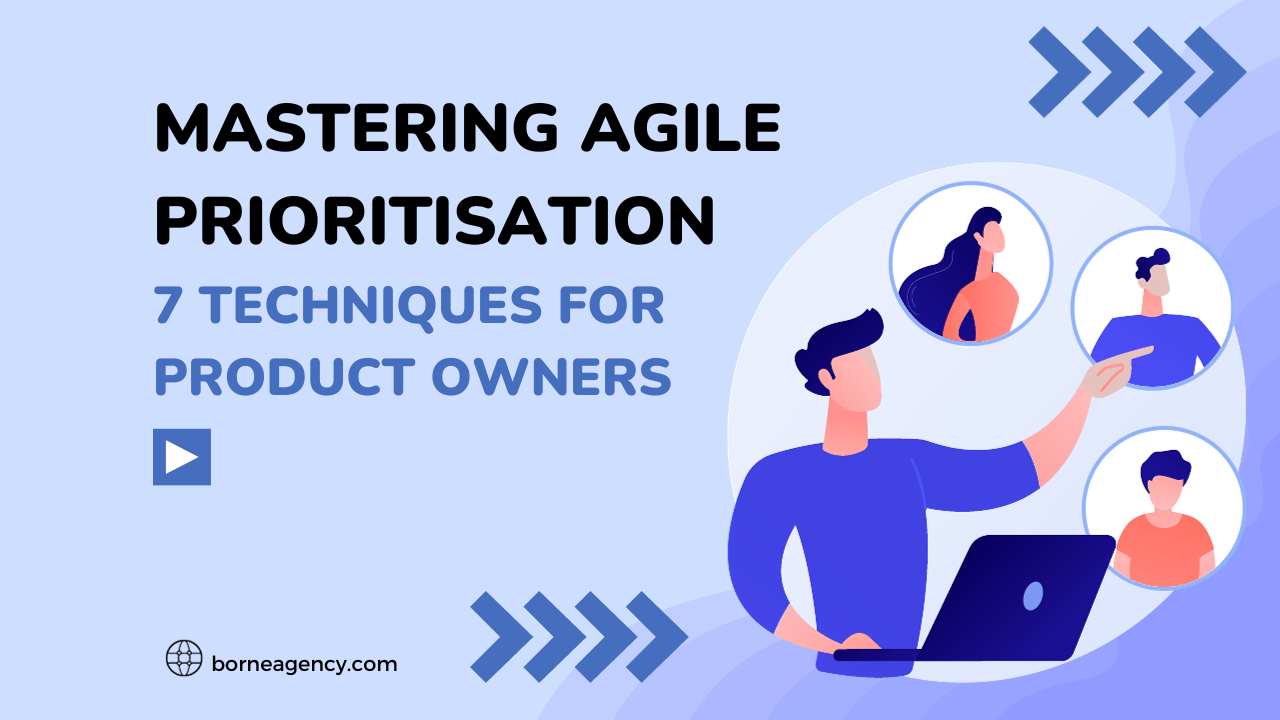Jan 16 - 5min readAchieving Product Market FitBy Launchbase
Product-market fit is achieved when a company’s product meets the needs of its target audience in sufficient volume that the company can profit, grow their user or customer base, and scale up.
Why is Product-Market Fit Important?
Product-market fit is key to any new service offering new consumer products or servers. For any business to scale, it needs to be able to expand its user or customer base. The problem is, doing so before you’ve found your product-market fit can be detrimental to the success of your venture.
Scaling up operations, including implementing the necessary staff or infrastructure to support them, involves a lot of upfront investment. To avoid falling into the red, your business needs to be continually bringing in new sources of revenue.
Before pouring money into the development of a new product, you need to know that there’s an appropriate target audience. That is, you need to be sure that your company can profit off this product, before even thinking about growth or expansion. Attempting to expand without a product that suits your customers’ needs presents a real risk of failure.
So, how do you define product-market fit for your startup? Let’s explore this question in more detail.
Defining Product-Market Fit
There’s no single metric that will tell you whether or not you’ve achieved product-market fit with your product. This is both a quantitative and qualitative measure that can be gleaned from numerous sources that, above all, relate to understanding your audience and their needs. Thankfully, this isn’t a new problem though, and there are steps you can take to define your startup product’s place in the market.
- Identify your target market: These are the customers that you’re targeting with your product or service. While in some cases product ideas may come before deciding on a market, there can be less risk involved in choosing a market first. Some markets are more saturated or well-served than others, while other markets may be so small that they limit potential growth.
- Work out your audience’s needs: Now, you need to identify any underserved needs of your target market. There are a number of ways to go about this; for example, drawing on existing customer reviews, word of mouth, or even being among your target audience yourself, and understanding what an existing product is lacking.
- Create your value proposition: Your value proposition is the value and benefits that your product seeks to bring to the target market.
- Calculate your TAM: Your TAM, or total addressable market, is the number of potential users or customers who may buy or subscribe to your company’s offering. We’ve covered this in more detail below.
- Decide upon your MVP: Your MVP, or minimum viable product, is the first iteration of your new product or service. The Agile term “MVP” is titled as such because it should be the most basic iteration of your product that can be achieved before it’s ready to ship to customers. It should be lightweight and focus on the “must have” needs of your target market. This lean focus on features is essential, because if you’ve misjudged your audience, you could end up wasting money developing something more robust that nobody’s going to use.
- Implement your MVP: When you’re satisfied that you’ve identified your target market and MVP, it’s time to create a first iteration. Your objectives and deliverables should be clearly highlighted and reviewed to avoid scope creep.
- Introduce your MVP to your customers: Finally, you can introduce your MVP to your customers and begin to gather feedback that will inspire the development roadmap.
Once you’ve defined and developed your MVP, there’s still work to be done. It’s not enough to simply do your initial research and send your product out into the wild; you need to be in touch with your users to understand if those all-important needs are being satisfied.

Measuring Your Product-Market Fit
So, above, we talked about something called TAM for measuring your potential user base.
When looking at your company’s prospects and performance, it’s important to understand the total addressable market (TAM). This is essentially the number of prospective customers who may benefit from your service or product. In other words, if everybody who had a need for your product decided to use it. This is the group who has the potential to become a customer or user.
Your TAM can be worked out as a numeric value by multiplying the number of potential customers with your average revenue per user (ARPU), which should have been calculated in your business plan or value proposition.
If your TAM is small, then you may need to revisit your plans and see whether there are opportunities to broaden your scope and capture more of the market.
Getting Feedback from Your Target Market
One of the most intimidating tasks for any product manager or business owner, particularly in the early days of operation, is to speak with customers. However, nobody better understands your customers’ needs than they do, so this is a critical step in gauging your product’s suitability.
There are a number of ways to do this, including one-to-one interviews, panels, and surveys. A key tactic chosen by many entrepreneurs is to use the aforementioned surveys, as they’re a fast and efficient feedback mechanism that doesn’t require much manpower. Below, we’ve listed a couple of methods you can use.
1. Multiple-choice questionnaires
Using multiple-choice questionnaires can help you to gather important insights about your target market. For example, you can specify age ranges, job titles, and more that will enable you to build out your user personas. Over time, you’ll gain a more complete idea about who your audience are, and how well they feel their needs are being met.
2. Open-ended questionnaires
Open-ended questions can provide more detailed insight into your product’s fit within the market and how your target audience is responding to it. When coupled with multiple-choice questions, you can gain a much broader view of your user base, while using the results to steer future development opportunities. For example:
- “What do you like most about the product?”
- “Who do you think would benefit most from our product?”
- “How did you find our product?”
- “What do you feel is missing from our product?”
- “What made you choose this product over an alternative?”
How to Maintain Product-Market Fit
It isn’t simply enough to align with your target audience, ship your product, and forget about it entirely. As a business owner, you need to continually review your product and its suitability for the market, as not responding to change can be costly for your business.
As an example, we need only look at Skype, the videoconferencing app that dominated the industry for much of the 2010s. However, when COVID-19 resulted in a sudden shift to remote working, Zoom’s rapid reaction to the changing landscape propelled it into the spotlight, and it’s now the most-used videoconferencing app in the world.
So, how do you maintain product-market fit while your company is growing and scaling up its user base?
Growth and profit
At this point, it’s time to pay close attention to your growth and profit, or as many in the industry refer to it, “The Rule of 40.”
This concept essentially states that your growth and profit margin combined should equal at least 40%. A number that falls short can indicate that there are problems with your target market or your product’s suitability for its end users.
This number is also highly volatile, as your growth in the beginning will be largely influenced by your investment in development and efforts to capture your prospective users’ attention. And while some products will quickly capture your audience’s attention and go “viral,” most companies will have to invest in advertising and marketing campaigns to reach wider audiences.



